This month we provide an update on the Hôpital de la Miséricorde and analyze controversial plans by Hydro-Québec to integrate an electricity substation into the haunted site. The ghost-ridden Hôpital de la Miséricorde has been empty for years and is starting to crumble. Located on prime real estate in Downtown Montreal...
Welcome to the one hundred and eighth installment of the Haunted Montreal Blog!
With over 600 documented ghost stories, Montreal is easily the most haunted city in Canada, if not all of North America. Haunted Montreal dedicates itself to researching these paranormal tales, and the Haunted Montreal Blog unveils a newly researched Montreal ghost story on the 13th of every month!
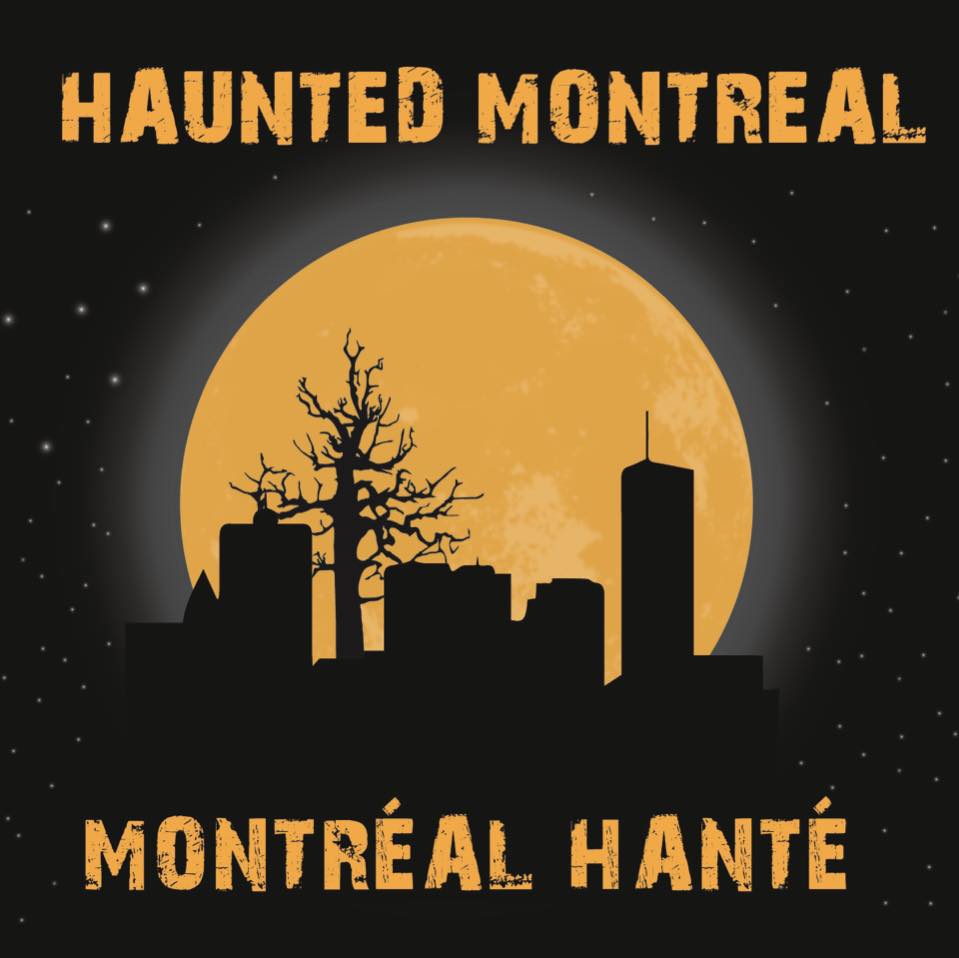
This service is free and you can sign up to our mailing list (top, right-hand corner for desktops and at the bottom for mobile devices) if you wish to receive it every month on the 13th! The blog is published in both English and French!
With the summer here, Haunted Montreal is running a whole season of ghost tours and haunted experiences! Our ghost tours include Haunted Old Montreal, Griffintown, Downtown and the mountain!
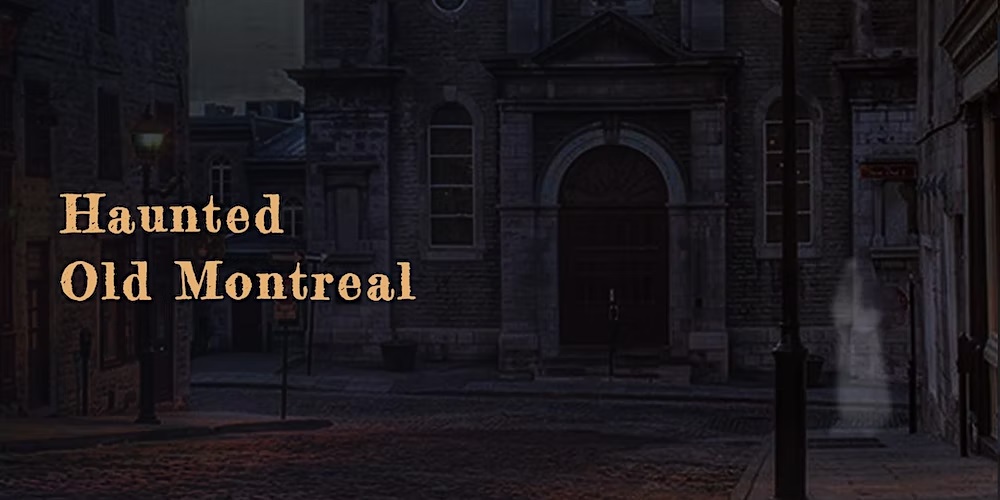
Our Haunted Pub Crawl is offered every Sunday at 3 pm in English. For tours in French, these happen on the last Sunday of every month at 4 pm.
We also offer paranormal investigations! In addition to our investigation of the old Sainte-Antoine Cholera Cemetery, Haunted Montreal is proud to announce our latest experience – Paranormal Investigation – Colonial Old Montreal.
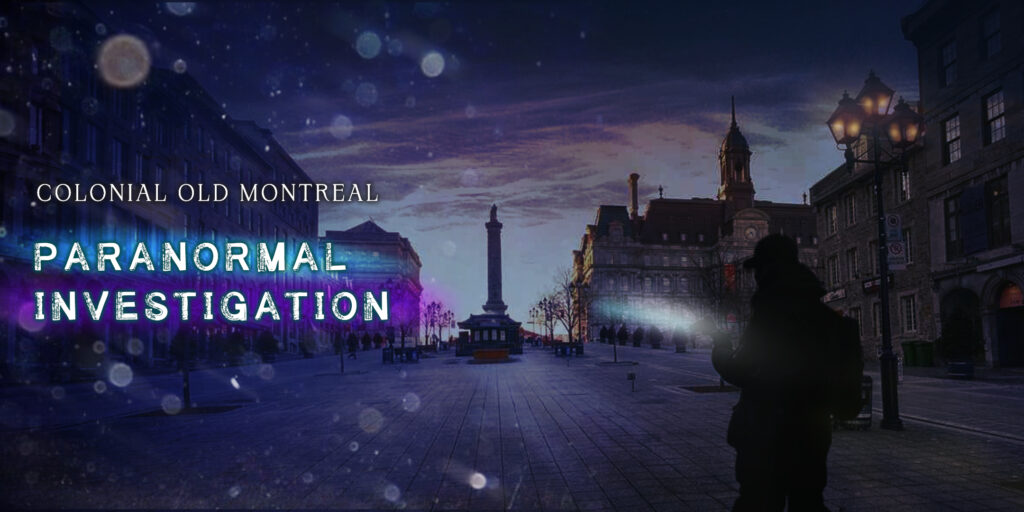
To learn more, see the schedule at the bottom of our home page!
Private tours for all of our experiences (including outdoor tours) can be booked at any time based on the availability of our actors. Clients can request any date, time, language and operating tour. These tours start at $215 for small groups of up to 7 people.
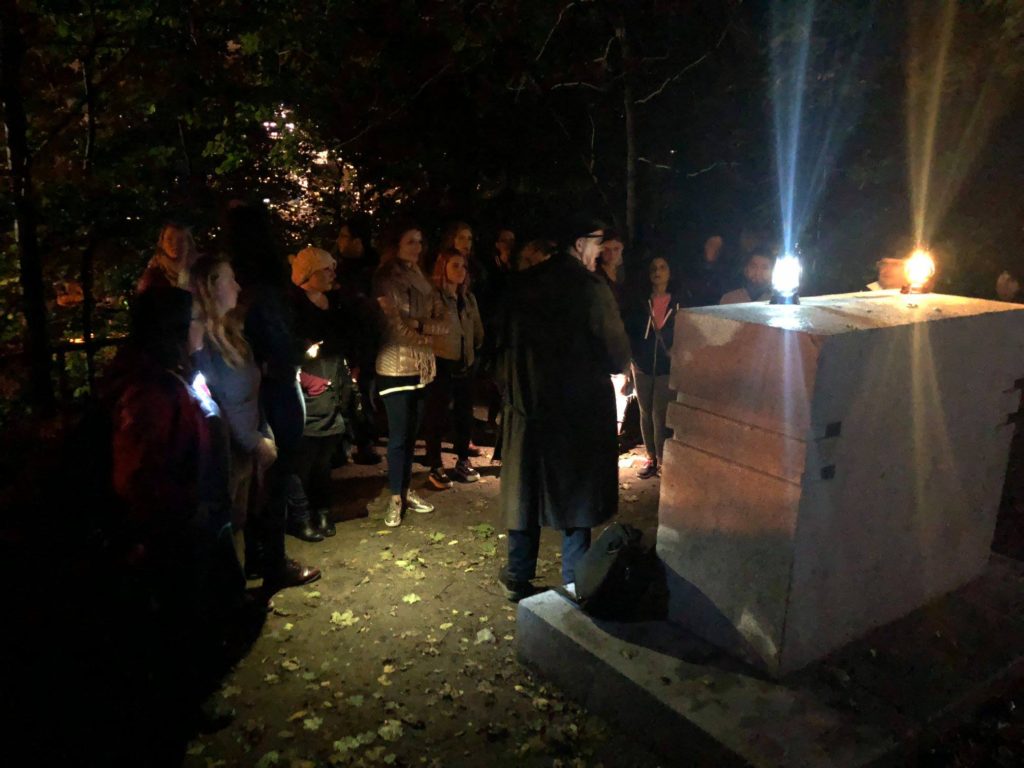
Email info@hauntedmontreal.com to book a private tour!
Lastly, we have an online store for those interested in Haunted Montreal merchandise. More details are below in our Company News section!
This month we explore Montreal’s Forgotten Irish Famine Cemetery at the Wellington Basin on the Lachine Canal. With plans to build a new neighbourhood on the hallowed ground, there are fears that new ghosts and paranormal activity may emerge in this already haunted area.
Haunted Research
Plans are afoot to build a whole new neighbourhood in the Bridge-Bonaventure sector of Point Saint Charles, just south of the Lachine Canal at Griffintown. Once the cradle of Canadian industrialization, the area has long since fallen into dilapidation and is now considered ripe for redevelopment.
Glossy designs depict new high-rise condominiums, trendy spaces for commerce and arts – and even an “urban beach” in the old Wellington Basin!
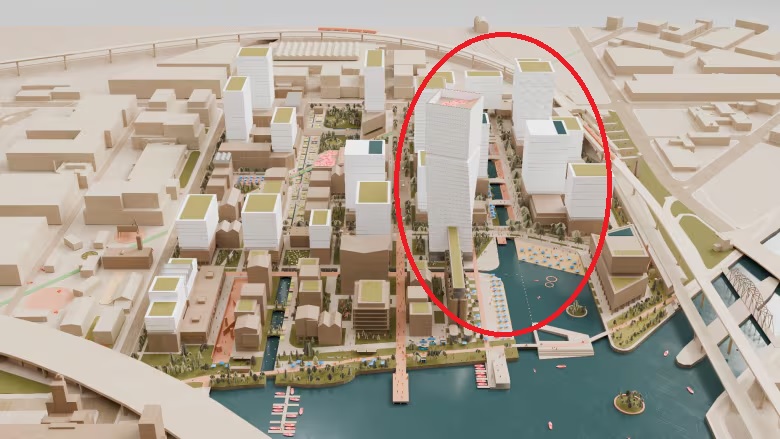
However, this utopian vision is partially located on the site that hosted Montreal’s first Irish Famine Cemetery in 1847.
Known as “Black ‘47”, the year of 1847 was perhaps the most tragic in Montreal’s history. It was the year when 75,000 Irish Famine refugees landed in Montreal, a city with a population of 50,000 at the time.

Many of them were suffering from starvation, typhus and other diseases. Thousands perished on Montreal’s shores and were usually buried in mass graves. Many of these crisis cemeteries have been largely forgotten.
To learn the horrific details of this episode, please read Haunted Montreal Blog #35 – The Black Rock.
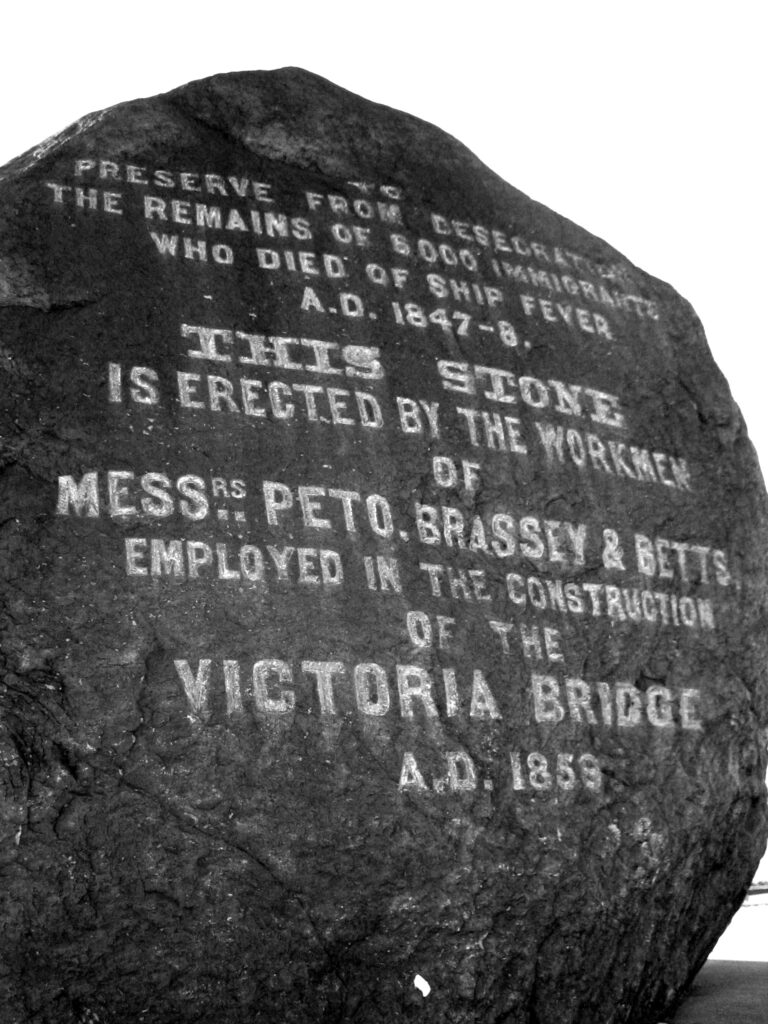
Today, the Black Rock is the only Irish Famine Cemetery currently marked on the island of Montreal.
However, new research is unveiling several other forgotten Famine cemeteries, including one at the Wellington Basin site.
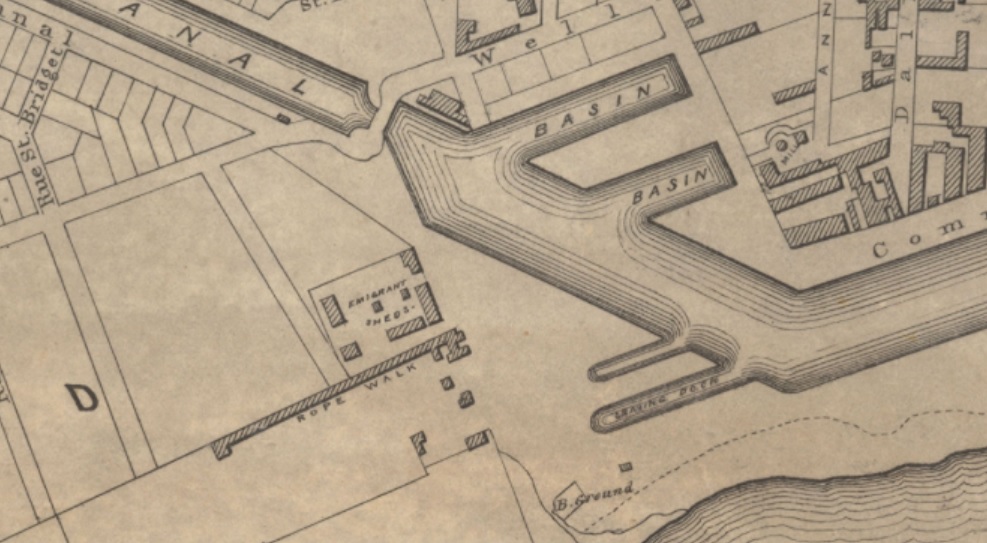
Local historian Sylvain Gaudet has recently unearthed documentation verifying that well over one thousand Irish Famine Dead are still buried in mass graves in the Wellington Basin vicinity.
Further desecration will almost certainly result in more ghosts in the already haunted area.
In April 2024, Canada Lands announced big plans to redevelop the Wellington Basin and surrounding area. The federal Crown corporation wants to create a mixed-use neighbourhood by building 2,800 housing units, an artisan district and even a public beach in the old basin.

Canada Lands acquired the canal-side real estate from Transport Canada in 2010. Over the past couple of years, it has been holding public consultations that ultimately resulted in their master plan.
The Lachine Canal was built in three distinct phases, each one designed to enlarge the waterway for increasing ship sizes.

The third phase, built from 1874 to 1885, saw the deepening and enlargement of canal, including the Peel Basin, and the construction of the Wellington Basin. This project resulted in the largest industrial area in all of Canada until 1959.
Historically, the Peel and Wellington Basins have played a major role in the industrial development of Montreal and Canada.
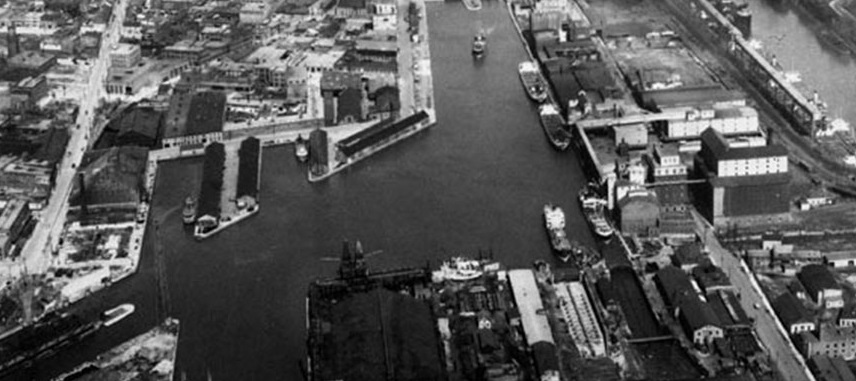
Because of its depth and size, the Peel Basin was a “reversal” basin and was the only section of the Lachine Canal that allowed ocean vessels to move through. It was nicknamed the “terminus of Montreal.”
The original Wellington Basin was roughly 13.6 hectares in size. As the largest basin in the Lachine Canal, it mostly serviced the transshipment of coal.
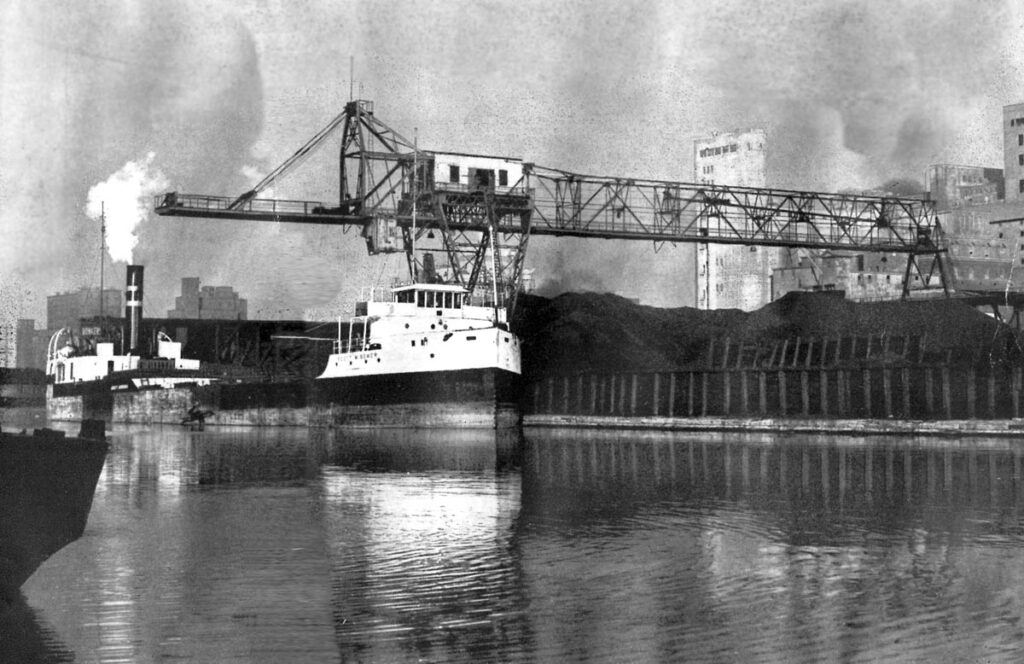
Overall, this maritime hub was a staging area for ocean vessels and smaller ships destined for the Canadian interior. Busy railroad tracks also bordered the area to facilitate inter-modal transportation.
However, hundreds of bodies were exhumed during the construction of the Wellington Basin, which cut into the footprint of Montreal’s first Irish Famine cemetery.

Local historian Sylvain Gaudet has been hard at work researching the Wellington Basin site and its environs. For example, he located the La Minerve edition of July 22, 1847, which estimated the number of Irish Dead who had been buried to date as the Famine crisis raged on:
“It is calculated that there are now around 1500 to 2000 corpses buried around the sheds, a foot or two deep.”
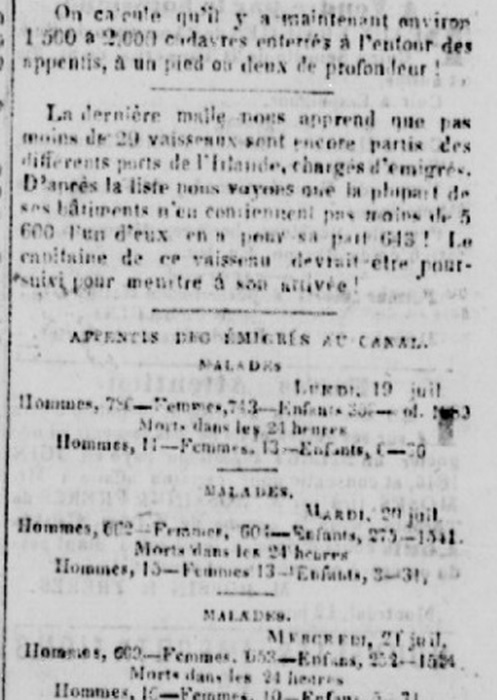
Juxtaposing the burials in 1847 with the excavation of remains in 1876, it becomes apparent that over a thousand bodies remain buried on the Wellington Basin site.
Indeed, when workers excavated the Wellington Basin in the1870s, only 200-300 coffins were exhumed according to newspaper reports from 1876 and 1877.
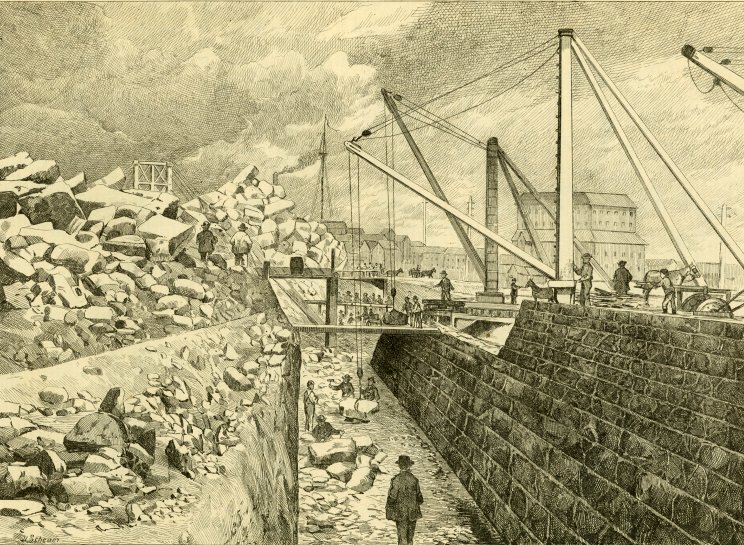
Articles describe how workers and politicians dealt with exhumation of all of the bodies. The Daily Witness on August 3, 1876 wrote:
“Discovery of Human Remains. Three coffins containing human bones have been dug up by the men working at the new basin, near Wellington Bridge. It is thought those are the bodies of emigrants who died of the ship fever in 1847-48. The workmen were not a little horrified to disinter the remains of men so unexpectedly.”

An article called “Disinterring Human Remains” appeared in The Daily Witness on August 7, 1876:
“The spoon dredger employed at the canal basin occasionally brings to the surface human remains, being some of those of the unfortunate immigrants, four or five thousand in number, who died of ship fever in 1847 and 1848. It is said that these remains are sometimes kept in the vicinity of the works for some length of time before being taken away, and it is a matter many more will be exhumed before the work is concluded. It has been suggested that a trench be dug nearby and the coffins be placed in it, and covered up with disinfectants as soon as discovered.”
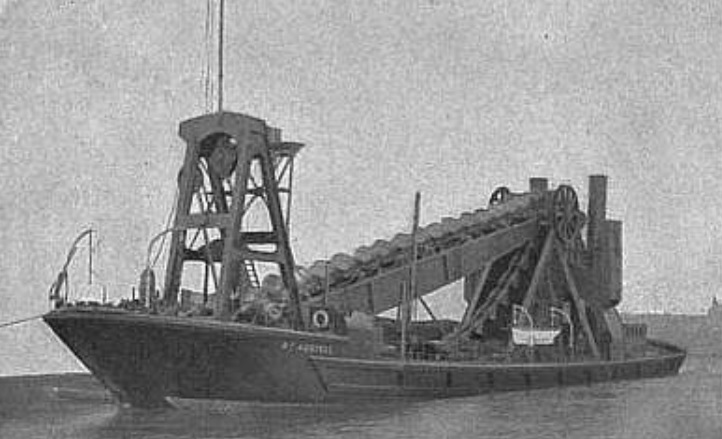
Spoon dredgers were a type of vessel used to maintain canals and ports. By removing the accumulated sediment from the bottom of waterways, these impressive machines kept the waters navigable.
The Daily Witness of September 7, 1876 went on to describe how the bodies were being disposed of:
“Quantities of Human Remains Discovered, A Fat Graveyard. Lately, as many as 20 coffins have been unearthed in the new Wellington Basin. Barrels have been provided in which to place the skulls and bones, while the coffins are being burned. A large box of the remains have already been interred in the Roman Catholic cemetery. Up to date, about 200 coffins have been removed.”

The Famine Dead being unearthed and desecrated found an ally in Bernard Devlin, the Member of Parliament for Montreal Center and President of the Saint Patrick’s Society at the time.
Bernard Devlin was an Irish-born lawyer, Quebec-based political figure and Canadian parliamentarian. Described as a “champion of many causes” and noted for his “splendid abilities,” Devlin was regarded as “Canada’s most prominent criminal lawyer.” His personal motto was “justice and equality to all classes and creeds, undue favor to none.”
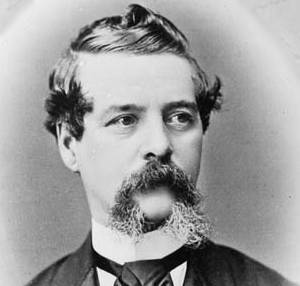
The Daily Witness of September 21, 1876 reported that Bernard Devlin was making plans for the reburial of the Famine victims. In a column titled “THE UNKNOWN DEAD”, the newspaper stated:
“At a meeting of St. Patrick’s Society, Messrs. Devlin, M.P., Me- Grath, Dennis Coughlan, T. Doran, and F. B. McNamee were chosen as a Committee to pick out a lot in the Roman Catholic Cemetery, in which to inter the remains of those disinterred in the Lachine Canal investigation. Yesterday they selected a spot near the Fireman’s lot, and in this all the remains found will in future be placed.”
As a member of the ruling Liberal party, Devlin enjoyed close ties with Alexander MacKenzie, Canada’s second prime minister.
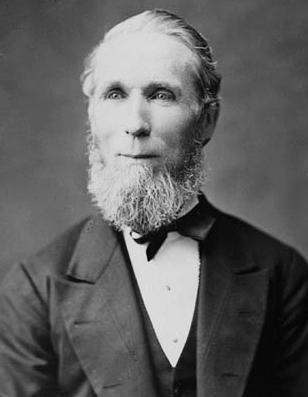
MacKenzie, a Scotsman, had empathy with the Irish as fellow Celtic people. As such, he fully supported Devlin’s initiative and even backed it up with financing. According to the True Witness on Friday September 22 1876:
“MR. DEVLIN, M.P., had an interview on Saturday with the Premier relative to the burial of the remains of the Irish emigrants exhumed recently in the progress of the Lachine Canal enlargement. Hon. Mr. MacKenzie ordered the purchase of a lot in the Catholic Cemetery and will pay all expenses connected with their removal and re-burial.”
The location of the plot for the transferred Famine victims is presently unknown, apart from the fact that it was purchased near the Firemen’s lot.
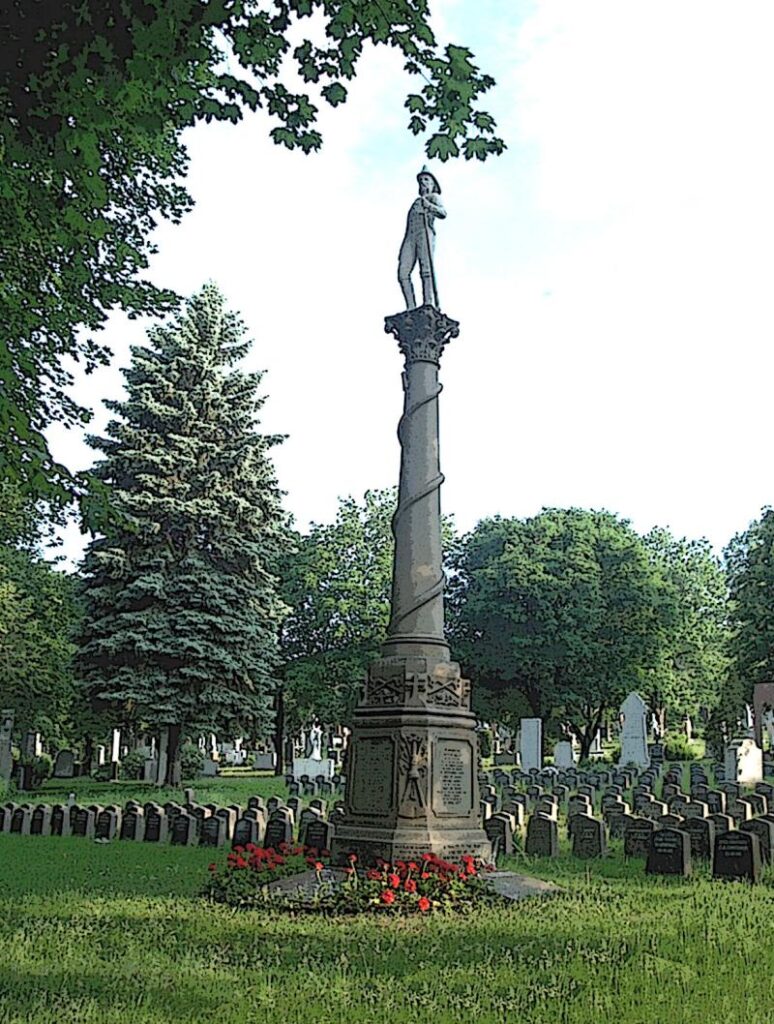
The plot dedicated to Montreal’s firefighters was acquired in 1867. Trustees of both the Catholic and Protestant cemeteries donated plots of 500 square feet to the Montreal Firefighters’ Benevolent Association for the burial of deceased firefighters. On May 1, 1875, matching monuments designed by Robert Reed were installed in both Catholic and Protestant cemeteries.
Regarding the Famine burial plot, it is estimated that two to three hundred corpses were transferred during construction of the Wellington Basin. The True Witness and Catholic Chronicle of June 20, 1877, made this estimation in an article called “Ship Fever Victims”:
“The coffins of the ship fever victims number some two or three hundred, and lie three tiers deep in a trench in the Wellington Basin. There are those in the neighbourhood who remember the bodies being buried during the ship fever of 1847 and 1848.”

There are many more articles that describe the horrors unearthed by workers during the construction of the Wellington Basin.
Returning to the present day, the area surrounding the Wellington Basin is considered one of the most haunted parts of the Lachine Canal – and Montreal. To learn more, please read Haunted Montreal Blog #51 – Lachine Canal.
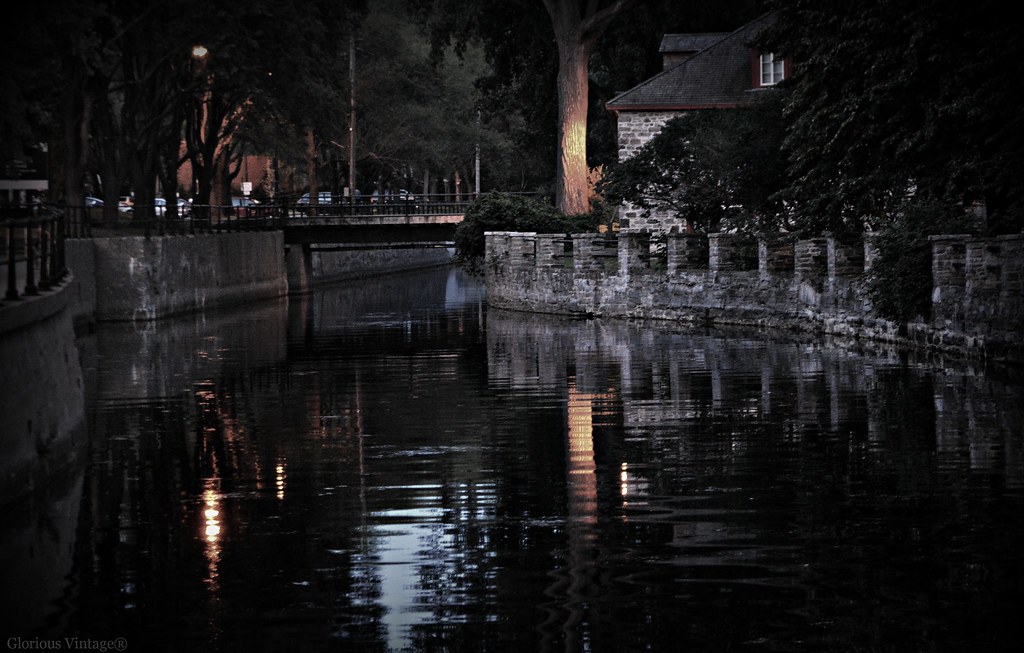
Two paranormal phenomena tend to materialize in this area, as covered by hit TV show World’s Scariest Hauntings.
Firstly, the ghost of Mayor John Easton Mills has been spotted wandering the site around the hour of midnight.
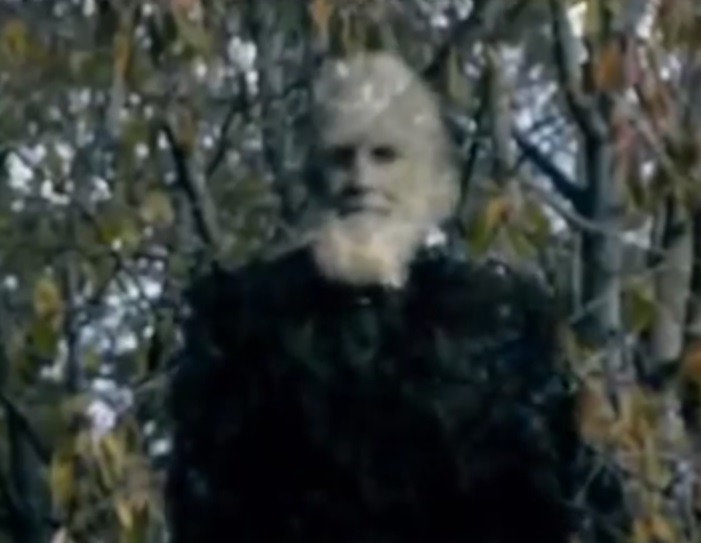
Mayor Mills was instrumental in helping the refugees and preventing attacks against them. He contracted typhus himself during his duties and died on November 12, at the young age of 54. An elaborate funeral was held and he was declared “Montreal’s Martyr Mayor” for his heroic efforts.
His ghost is known to roam the site of Montreal’s first fever sheds, at the Wellington Basin, late at night. It is as though he is still caring for his charges in a paranormal afterlife.
Secondly, there are recordings of hundreds of orbs floating about in the air around the old basin.

In World’s Scariest Hauntings, one local resident described going into a trance when the orbs appeared to him. He felt as though the dead buried throughout the site were wailing.
Lastly, the Wellington Basin is connected to Montreal’s most infamous ghost story – the deranged tale of Headless Mary.
Dockworker Michael Flanagan was one of the prime suspects in the murder and decapitation of prostitute Mary Gallagher. She had been brutally butchered in the Griffintown flat of her best friend, Suzy Kennedy, on June 27, 1879.

During the sensational trial, prosecuted by Bernard Devlin himself, Suzy Kennedy was found guilty and sentenced to hang on December 5th of the same year. However, Michael Flanagan walked scot-free because there wasn’t enough evidence to convict him. Many of the citizens were shocked that a woman could commit such a violent crime, especially against a member of her own gender. Women in the Victorian era were often seen as delicate and defenseless creatures.
Even though Suzy Kennedy’s sentence was reduced to life in prison, one ironic fact about the story remains. On December 5th, 1879, the day Suzy Kennedy was originally to hang, Michael Flanagan fell through through the ice while working on the Wellington Basin and drowned.

At the time, many Griffintowners speculated that Mary Gallagher’s vengeful spirit had pushed him off the dock and that his drowning was the result of her ghost’s intervention.
Returning to the present, Canada Lands has made good on its promise to consult local stakeholders. Haunted Montreal has helped compile a team including historians, an anthropologist, archaeologists and other stakeholders to locate and document the forgotten cemetery.
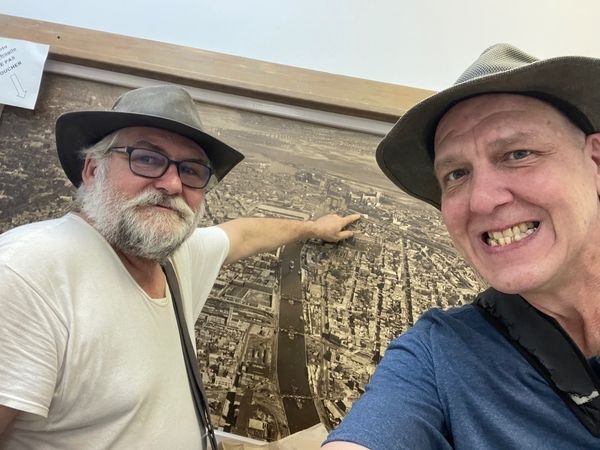
The goal is to avoid any more desecration at the Wellington Basin site and to commemorate the remarkable history of the area, especially the Famine Dead still buried there.
To realize the project, there is a lot of work to do. With the opening of the St. Lawrence Seaway in 1959, the Lachine Canal was rendered obsolete and was closed to shipping traffic. Over the years, workers filled in most of the Wellington Basin with contaminated earth, reducing its size considerably.
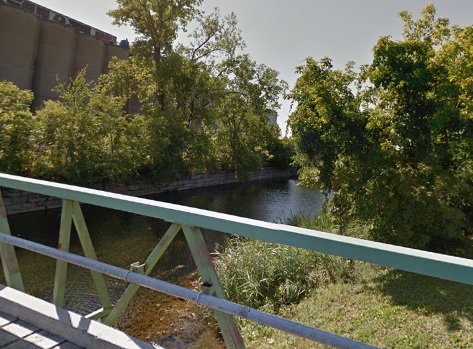
As such, the project will require the removal of thousands of cubic meters of toxic fill from the basin. Decontamination is estimated to cost about $77 million and the project has a 10-year timeline.
In conclusion, the Wellington Basin area is rife with tragic history and also contains what is left of Montreal’s first Irish Famine Cemetery. With over a thousand bodies still buried there, Canada Lands is wise to proceed with the utmost caution.
Company News
Haunted Montreal is proud to announce our latest haunted experience – Paranormal Investigation – Colonial Old Montreal.
Hosted by professional Ghost-hunter Dominique Desormeaux of Investigations 13, Haunted Montreal’s “Paranormal Investigation – Colonial Old Montreal” takes guests on a dark adventure into the mysterious world of ghost hunting!
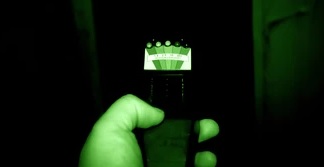
With the summer in full swing, Haunted Montreal is running a whole season of ghost tours and haunted experiences! Our ghost tours include Haunted Old Montreal, Griffintown, Downtown and the mountain!
In the meantime, our Haunted Pub Crawl is offered every Sunday at 3 pm in English. For tours in French, these happen on the last Sunday of every month at 4 pm.

To learn more, see the schedule at the bottom of our home page!
Private tours for any of our experiences (including outdoor tours) can be booked at any time based on the availability of our actors. Clients can request any date, time, language and operating tour. These tours are based on the availability of our actors and start at $215 for small groups of up to 7 people.

Email info@hauntedmontreal.com to book a private tour!
You can also bring the Haunted Montreal experience to your office party, house, school or event by booking one of our Travelling Ghost Storytellers today.

Hear some of the spookiest tales from our tours and our blog told by a professional actor and storyteller. You provide the venue, we provide the stories and storyteller. Find out more and then contact info@hauntedmontreal.com
Our team also releases videos every second Saturday, in both languages, of ghost stories from the Haunted Montreal Blog. Hosted by Holly Rhiannon (in English) and Dr. Mab (in French), this initiative is sure to please ghost story fans!

Please like, subscribe and hit the bell!
In other news, if you want to send someone a haunted experience as a gift, you certainly can!
We are offering Haunted Montreal Gift Certificates through our website and redeemable via Eventbrite for any of our in-person or virtual events (no expiration date).

Finally, we have an online store for those interested in Haunted Montreal merchandise. We are selling t-shirts, magnets, sweatshirts (for those haunted fall and winter nights) and mugs with both the Haunted Montreal logo and our tour imagery. Purchases can be ordered through our online store.
Haunted Montreal has temporarily altered its blog experience due to a commitment on a big writing project! New stories at the Haunted Montreal Blog will now be offered every two months, whereas every other month will feature an update to an old story. As always, these stories and updates will be released on the 13th of every month!

Haunted Montreal would like to thank all our clients who attended a ghost walk, haunted pub crawl, paranormal investigation or virtual event!
If you enjoyed the experience, we encourage you to write a review on our Tripadvisor page, something that really helps Haunted Montreal to market its tours.

Lastly, if you would like to receive the Haunted Montreal Blog on the 13th of every month, please sign up to our mailing list.
Coming up on September 13th: Update on the Mary Gallagher Ghost Story
The École de technologie supérieure (ETS) has been busy buying up real estate in Griffintown to expand its campus. One controversial purchase was the land on the south-east corner of William and Murray Streets – also known as the “Mary Gallagher Corner”. Indeed, her headless ghost returns to this spot every seven years on the anniversary of her death. During the design stage, Haunted Montreal pleaded with the ETS to preserve the infamous corner. It would seem that they complied. The new building going up on the site preserves the corner intact, good news for those hoping to spot Headless Mary when she returns next on June 27, 2026. To learn more, please read Haunted Montreal Blog #46 – The Ghost of Mary Gallagher.
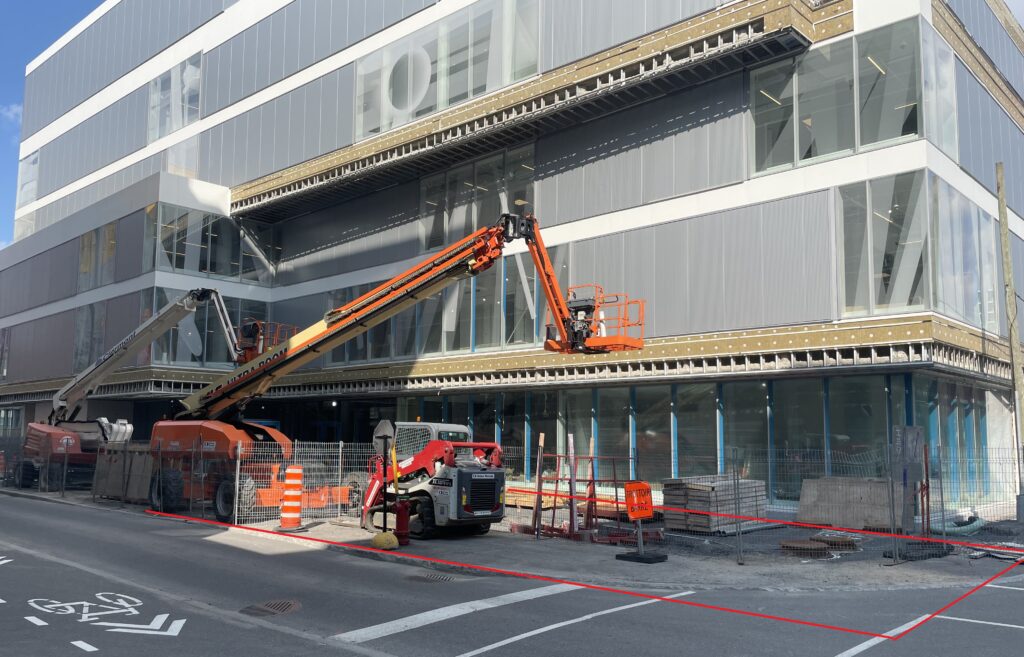
Author:
Donovan King is a postcolonial historian, teacher, tour guide and professional actor. As the founder of Haunted Montreal, he combines his skills to create the best possible Montreal ghost stories, in both writing and theatrical performance. King holds a DEC (Professional Theatre Acting, John Abbott College), BFA (Drama-in-Education, Concordia), B.Ed (History and English Teaching, McGill), MFA (Theatre Studies, University of Calgary) and ACS (Montreal Tourist Guide, Institut de tourisme et d’hôtellerie du Québec). He is also a certified Montreal Destination Specialist.
Translator (into French):
Claude Chevalot holds a master’s degree in applied linguistics from McGill University. She is a writer, editor and translator. For more than 15 years, she has devoted herself almost exclusively to literary translation and to the translation of texts on current and contemporary art.




Comments (0)